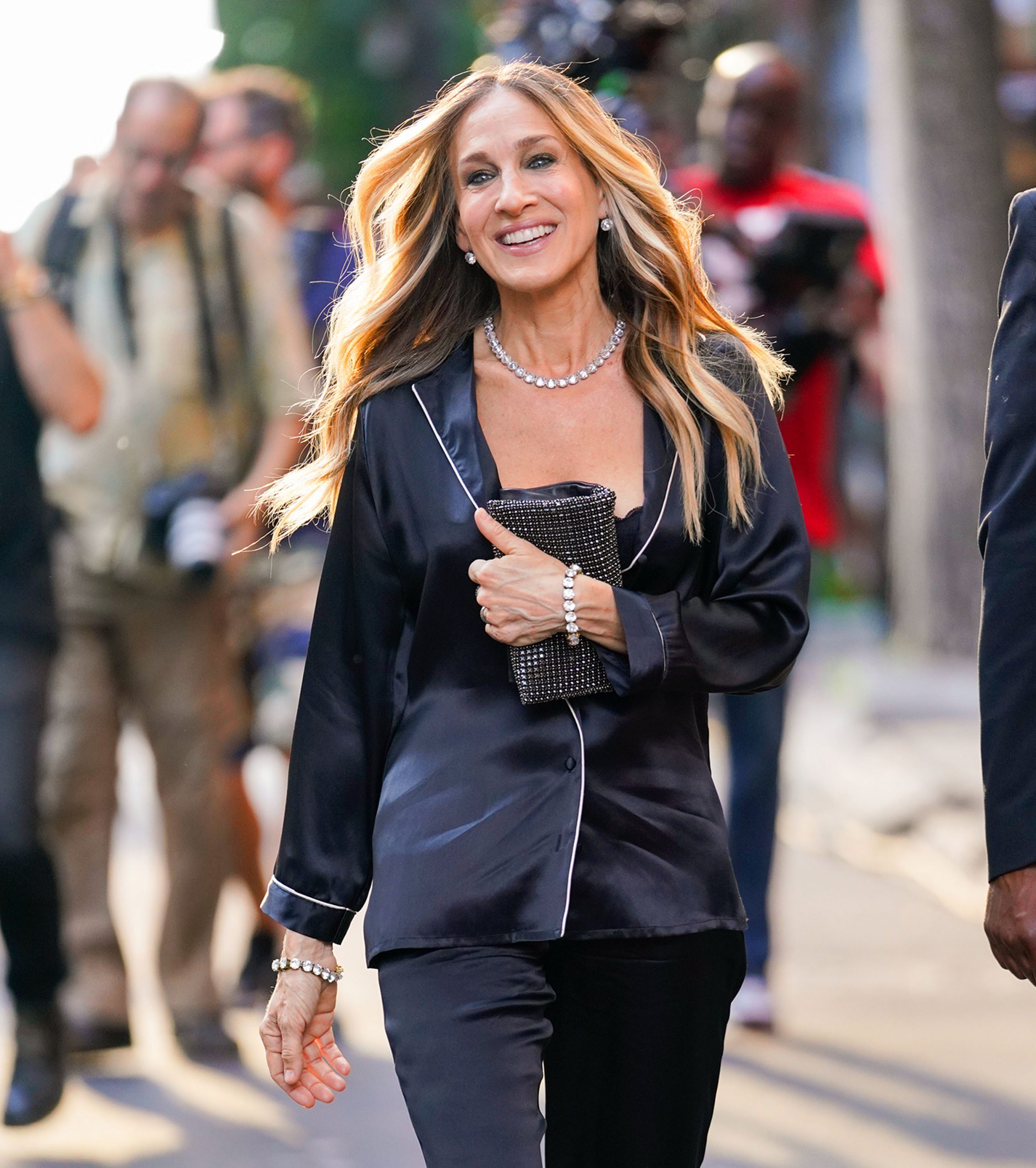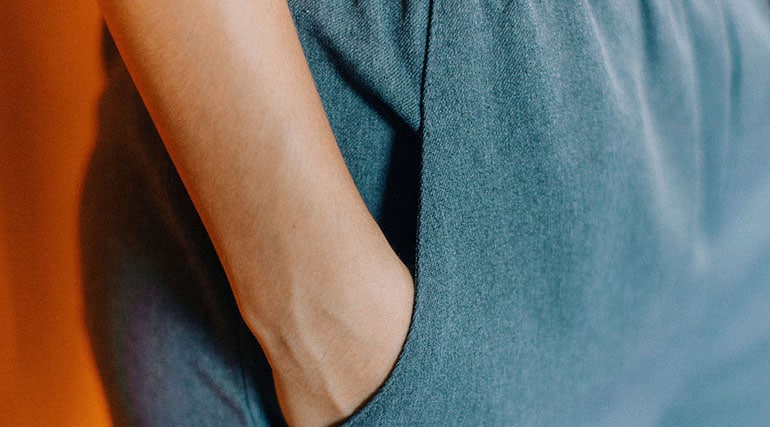Every corner shop within a 1-mile radius from the beach sells inexpensive flip-flops – millions of which end up in landfills where they can take hundreds of years to decompose. The footwear is often made of synthetic materials such as ethylene-vinyl acetate and is frequently replaced.
During that time, they can cause harm to marine wildlife and the ecosystem. While they degrade, they can release toxic chemicals into the ocean. This further contaminates the water and threatens the health of marine life. In some coastal communities, flip-flops can clog drains and cause flooding, which can have serious consequences for the environment and local residents.
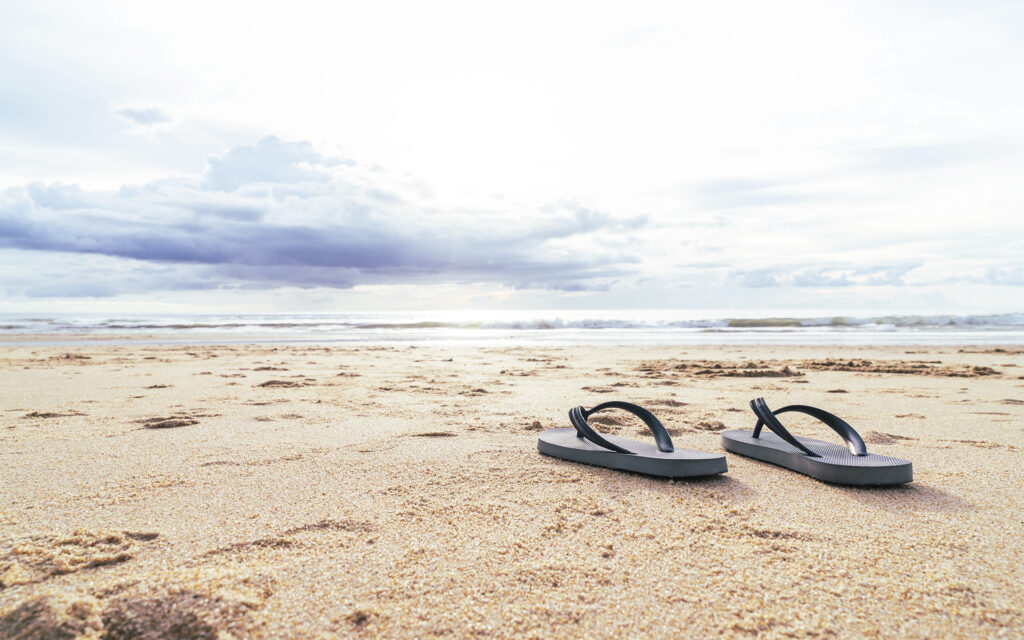
Flip-flops in numbers
Flip-flops are among the top 10 items of marine debris found on beaches. The numbers are staggering – some estimates suggest that over 200 millions flip-flops are discarded globally each year.
- According to the United Nations, around 13 million tonnes of plastic waste are dumped into the world’s oceans each year
- It is estimated that billions of flip-flops are manufactured and sold each year
- Among the key players are Adidas Crocs and Havaianas, selling the sought-after footwear primarily in brick-and-mortar stores
- By 2025, the flip-flop market size value will grow to $23.8 billion, with the highest demand coming from the Asia Pacific Region
Like many other forms of plastic waste, Flip-flops significantly contribute to ocean pollution. These statistics highlight the importance of reducing the production and disposal of flip-flops and other forms of plastic waste. However, several individuals and organisations use recycled flip-flops to create new and innovative products and art.
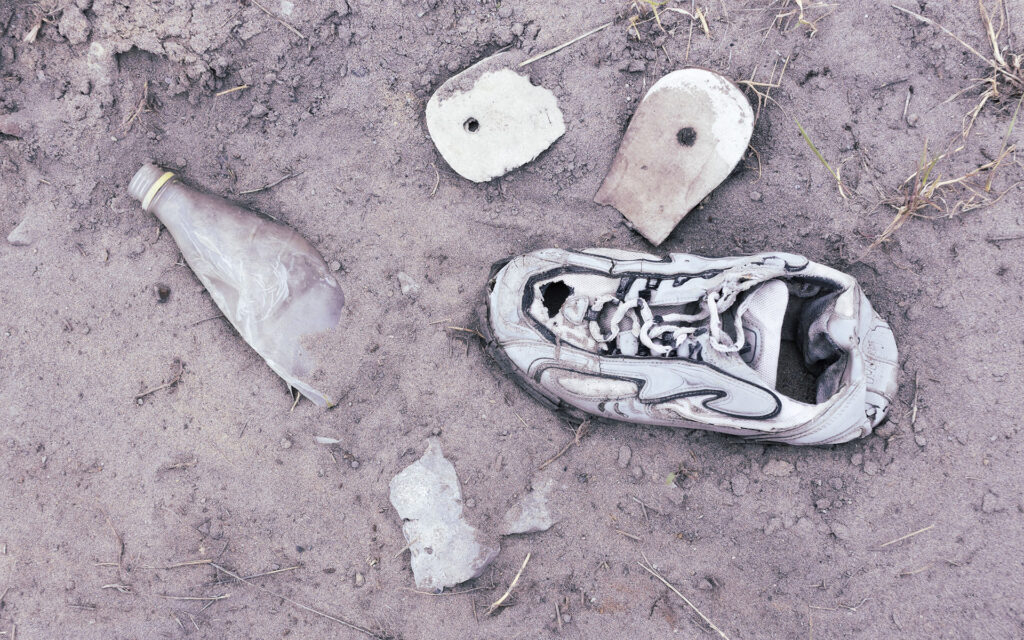
Flip-flops in portraits
Nigerian artist and designer Konboye Eugene, for example, uses recycled flip-flops to make unique and functional art pieces. He collects discarded flip-flops from landfills, riverbanks and dump sites. After cleaning, sorting, and cutting them, he shapes them into the desired forms in his studio in Abeokuta, Nigeria. The result is a collection of beautiful and functional portraits.
According to government figures, Nigeria produces around 2.5 million tonnes of plastic waste annually. Flip-flops are the preferred choice of footwear for many Nigerians. Konboye Eugene uses recycled flip-flops in his designs to make a statement about the importance of reducing waste and promoting sustainability. He successfully showcases the incredible potential of recycled materials.
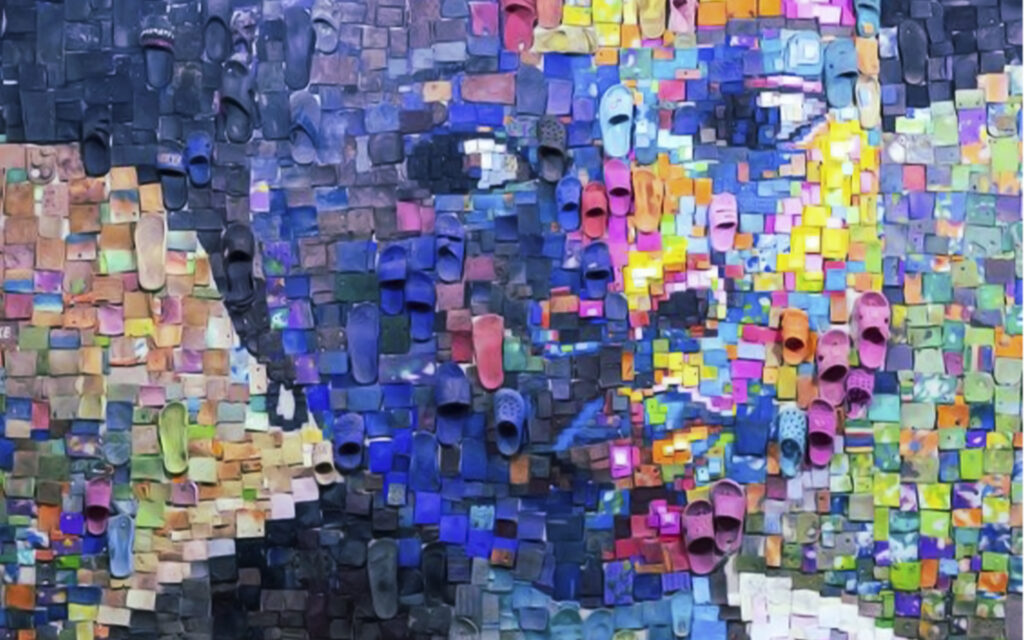
Flip-flops in collages
Similarly, Ivorian visual artist Aristide Kouame turns discarded flip-flops and other footwear into colourful pieces of art. His large collages value up to $1,000. Art lovers can appreciate them in national and international galleries.
“This is the rubbish people have thrown into the sea and the sea brings it back to us because it doesn’t want it,” he tells Reuters while strolling along a beach in Abidjan, Ivory Coast’s commercial capital.
“I make art from used shoes… It’s a way to give life to the objects that litter the beaches.”
Aristide Kouame
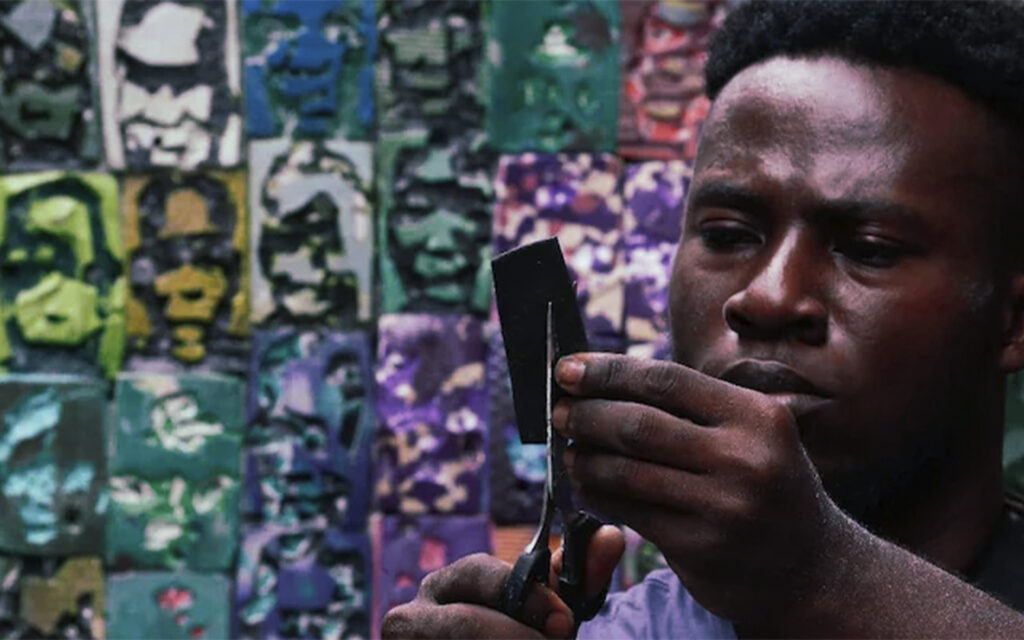
Plastic waste including a high number of flip-flops ends up on West African beaches. After garbage dumped in city canals makes its way into the sea, it often flows back onto the shore.
Flip-flops in art
Ocean Sole is a Kenyan-based social enterprise that creates a sustainable model for reducing plastic waste. It focuses on recycling discarded flip-flops into works of art. Like Konboye Eugene and Aristide Kouame, Ocean Sole collects discarded flip-flops from the beaches and streets of Kenya. They then recycle them into unique, colourful sculptures of sea life, including turtles, fish, and whales. These sculptures are then sold globally to raise awareness about plastic pollution while providing economic opportunities for local communities.
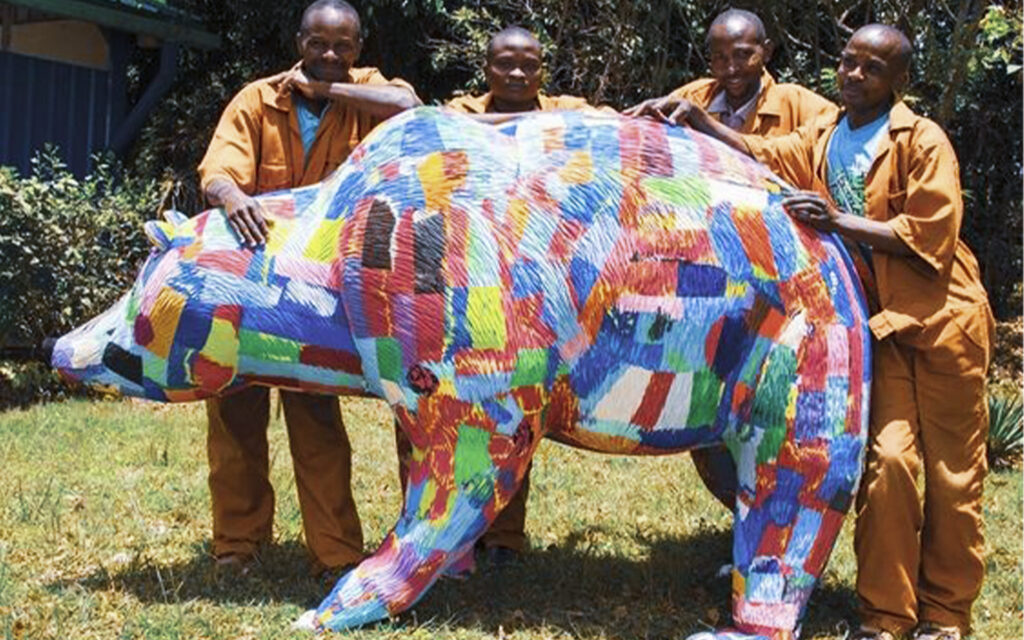
Flip-flops in boats
The Flipflopi is an East African movement working to clean up beaches and coastal areas. Accordingly, they collect discarded flip-flops from the shores of Kenya and other parts of East Africa to create a handmade wooden dhow (a traditional Arab sailing vessel). The project was started in 2019 by a group of young Kenyans to use the boat to raise awareness about plastic pollution in the ocean and the need for sustainable waste management practices.
Since its launch, the Flipflopi has become an iconic symbol of environmental activism in Kenya. Besides, it has been used to promote environmental education and ocean conservation initiatives in communities along the Kenyan coast.
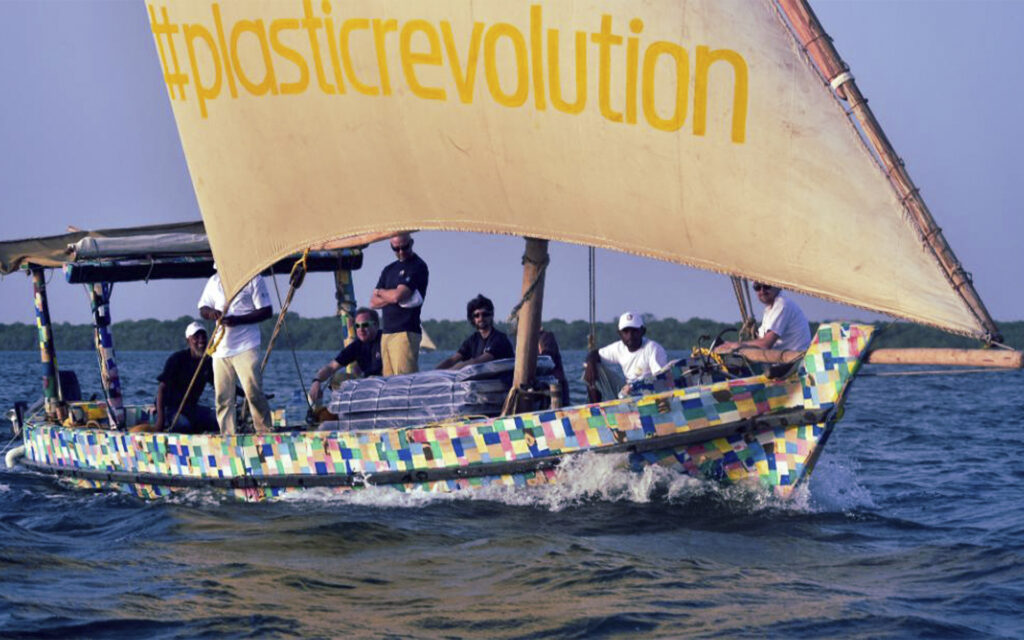
Finally, these examples demonstrate the creative potential for transforming discarded flip-flops into new products and art while reducing waste and promoting sustainability. By purchasing products made from recycled flip-flops, we can help reduce the number of flip-flops that end up in landfills and support the efforts of individuals and organisations working to promote a cleaner and more sustainable world.



